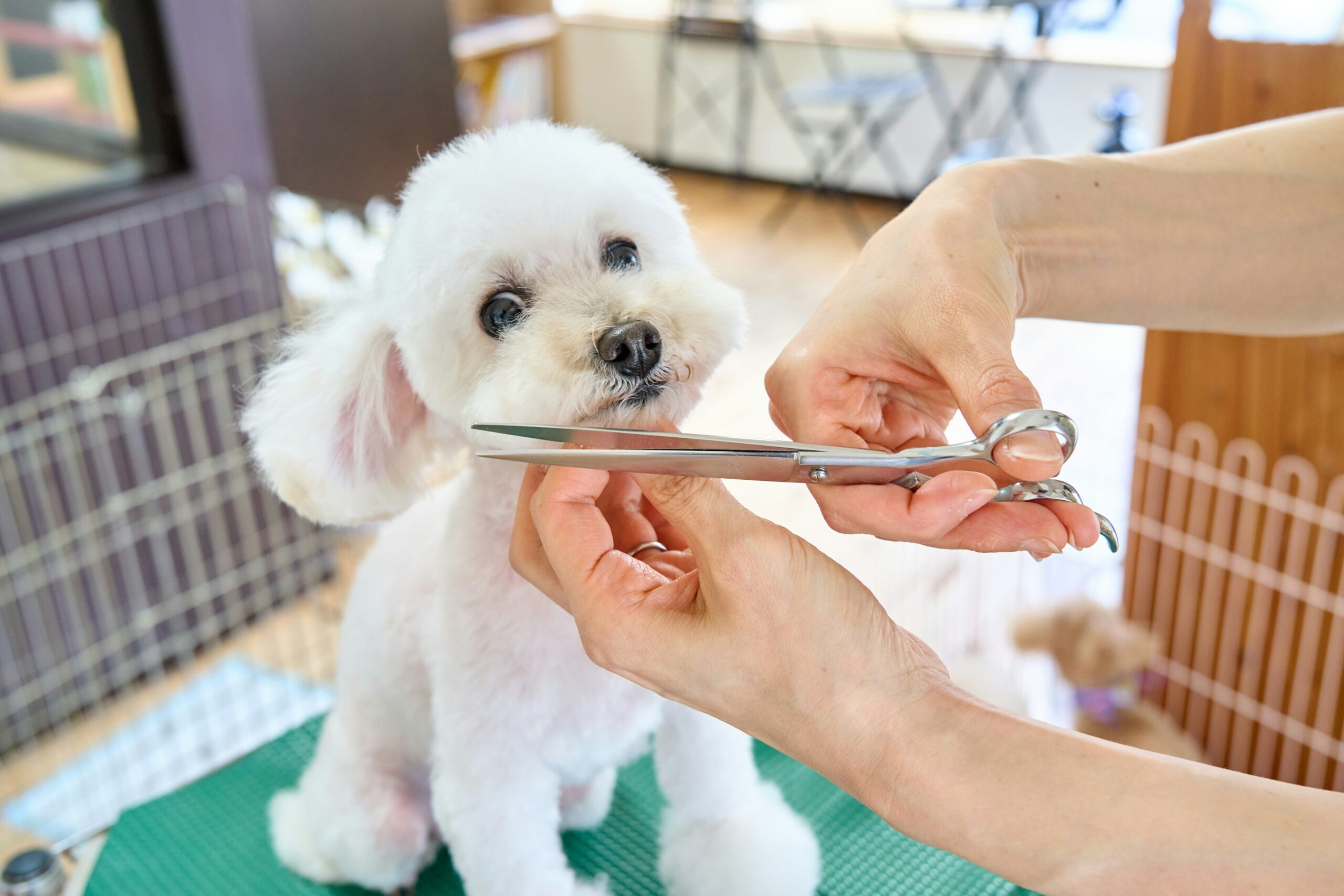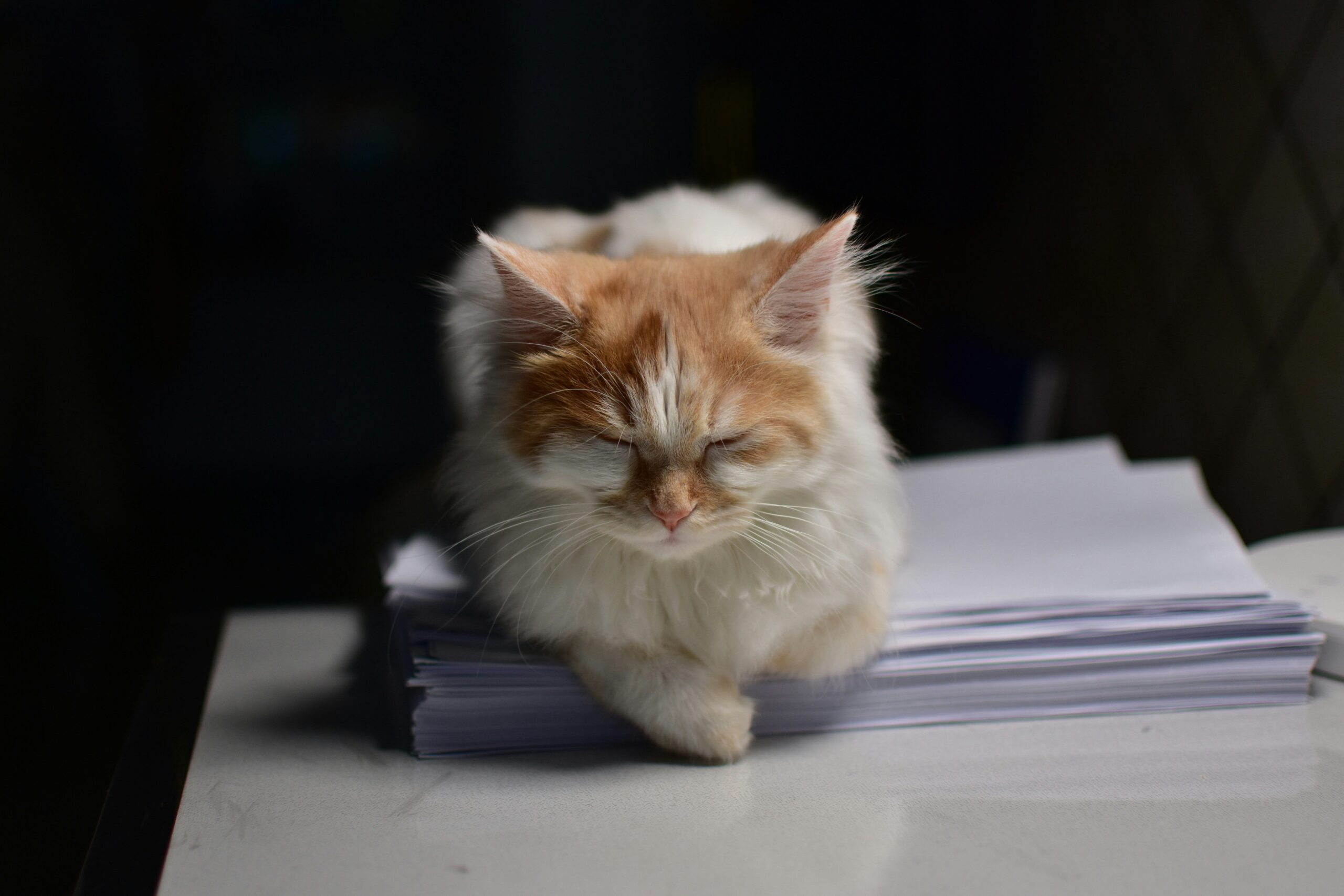“Ever had your heart sink when you realized your pet’s injury wasn’t fully covered by insurance? You’re not alone.”
Dealing with a pet injury is stressful enough without worrying about whether your claim will be approved. But when you live in tornado-prone areas, where unpredictable weather can lead to unexpected accidents, having the right coverage becomes even more critical. In this guide, you’ll learn the ins and outs of getting pet injury claim approval, navigating tornado-specific challenges, and avoiding costly mistakes.
This blog post dives deep into:
- Why tornado insurance for pets matters more than you think.
- A step-by-step process to ensure your claims get approved.
- Tips from real-life success stories (and one epic fail).
- FAQs to clear up all your lingering doubts.
Table of Contents
- Key Takeaways
- Why Pet Insurance Matters in Tornado Zones
- Step-by-Step Guide to Approve Your Pet Injury Claim
- Best Practices for Maximizing Approval Odds
- Real-Life Examples of Approved Claims
- Frequently Asked Questions About Pet Injury Claims
- Conclusion
Key Takeaways
- Pet insurance tailored for natural disasters like tornadoes can save thousands on vet bills.
- Documentation and clear communication are crucial for pet injury claim approval.
- Avoid making vague statements about injuries; precision matters!
- Work with insurers who specialize in pet care under extreme conditions.
Why Pet Insurance Matters in Tornado Zones
Tornado season brings chaos—trees fall, fences collapse, and pets panic. And if your furry friend gets injured during a storm, it could mean hundreds—or even thousands—of dollars in veterinary expenses. That’s where specialized pet insurance comes in handy.

Alt Text: A golden retriever seeking shelter under a wooden table during a mock tornado drill indoors.
I once neglected to update my own policy after moving to Kansas (total rookie move). When a freak storm rolled through town, my pup Max ended up needing stitches after running through broken glass. Thankfully, his base plan covered some costs, but I missed out on additional reimbursement because I hadn’t disclosed our high-risk location upfront. Lesson learned.
Optimist Me:
“Hey, at least Max recovered quickly!”
Grumpy Me:
“Yeah, great…except now I’m broke trying to fix everything else.”
Step-by-Step Guide to Approve Your Pet Injury Claim
Getting a pet injury claim approval doesn’t have to feel like pulling teeth. Follow these steps:
1. Know What’s Covered
Most policies won’t cover pre-existing conditions or non-veterinary services. Make sure yours explicitly includes accidental injuries due to natural disasters.
2. Document Everything
Snap photos of any damage caused by the tornado (e.g., fallen branches near your yard) and document visible signs of injury on your pet. Keep receipts for every expense related to their treatment.

Alt Text: Close-up shot of an itemized bill listing sutures, X-rays, and overnight observation fees.
3. Contact Your Insurer ASAP
Don’t wait until days later—time is of the essence. Call them directly and explain what happened. Stick to facts, avoid exaggeration.
4. Submit Supporting Evidence
Email copies of medical records, invoices, and photographs along with your submission form.
5. Follow Up Relentlessly
Insurance companies aren’t always speedy. Check in regularly to ask about the status of your application.
Best Practices for Maximizing Approval Odds
- Be Honest: Fudging details might seem tempting, but fraud accusations can destroy your chances forever.
- Hire Local Vets: Sometimes insurers prefer working with local clinics familiar with regional risks.
- Double-Check Paperwork: Missing signatures or incomplete forms = instant rejection.
- Terrible Tip Alert: Don’t reuse old paperwork. Updating documentation is essential—it shows diligence.
Rant Time:
Can we talk about how infuriatingly complex insurance jargon is? It feels designed to confuse pet parents rather than help them. Anyone else agree?
Real-Life Examples of Approved Claims
Case Study #1: Sarah J., Omaha resident, filed a successful claim after her cat leapt out of a second-story window during a tornado warning. Her secret? Detailed notes from the vet stating that the fracture was trauma-induced.
Case Study #2: John P.’s German Shepherd suffered lacerations after debris flew into their backyard. His insurer initially denied the request, citing insufficient proof. However, resubmitting enhanced evidence led to eventual approval.
Frequently Asked Questions About Pet Injury Claims
How long does a pet injury claim take?
Typically 7–14 business days, though delays may occur depending on complexity.
Will my premium increase after filing?
It depends on the provider and frequency of past claims.
What happens if my claim is denied?
You have the right to appeal using stronger supporting materials.
Conclusion
Navigating pet insurance while living in tornado zones requires foresight and preparation. By understanding the nuances of pet injury claim approval, documenting incidents thoroughly, and advocating for yourself, you’ll give your furry family member the best chance at recovery—and protect your wallet in the process.
Like a Tamagotchi, your peace of mind needs daily care. Stay proactive, stay informed, and remember: no tornado stands between you and your pet’s wellbeing.


